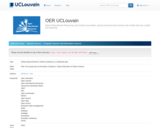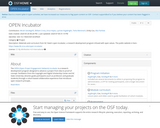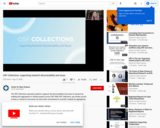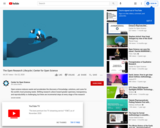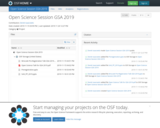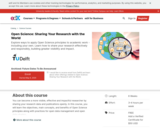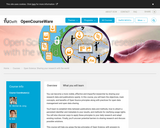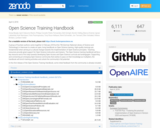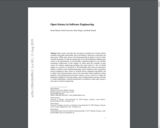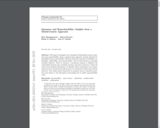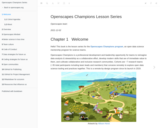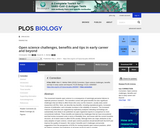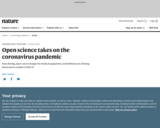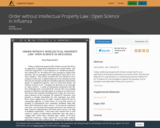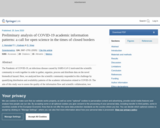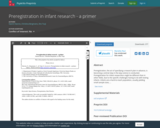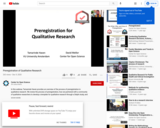![Modified Grassy Narrows and Muskrat Falls Dam: Hypothesis Testing and t-Tests [version 3.0]](https://oercommons.org/static/newdesign/images/materials/default-thumbnail-index.png)
Methylmercury contamination within fish populations is an important toxin that affect human, animal, and environmental health, serving as a carcinogen (cancer-causing agent) and endocrine-disruptor (compounds that in some way alter the signaling of the hormone system. The impacts of exceeding safe dietary methylmercury levels were tragically made clear in Ontario, Canada, where a First Nations community in Grassy Narrows are living with the consequences of methylmercury poisoning in the fish supply. The fish were contaminated due to the dumping of mercury in the traditional waterways of the First Nation community. In 2016, there were highly publicized protests in Muskrat Falls, Labrador, Canada, where the Inuit people raised direct concerns about the potential for a proposed Nalcor Energy hydroelectric dam, to increase mercury levels in fish in those waters, which are an integral part of their traditional diet. Despite significant protests, the project was completed in 2019 and 41 km were flooded. This module uses these real-world examples as a jumping-off point for exercises that will guide case-study driven discussion on mathematical, biological and ethical concerns.
- Subject:
- Biology
- Ecology
- Life Science
- Mathematics
- Statistics and Probability
- Zoology
- Material Type:
- Activity/Lab
- Full Course
- Lecture
- Lesson Plan
- Provider:
- BioQUEST Curriculum Consortium
- Provider Set:
- Quantitative Biology at Community Colleges
- Date Added:
- 02/23/2023
